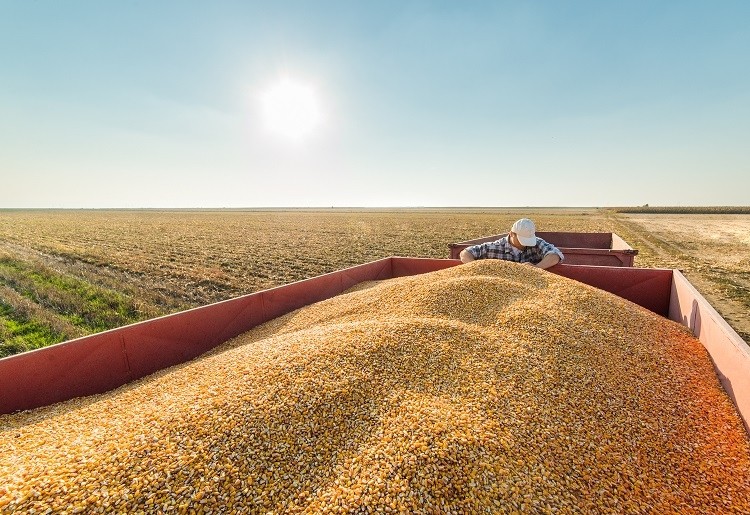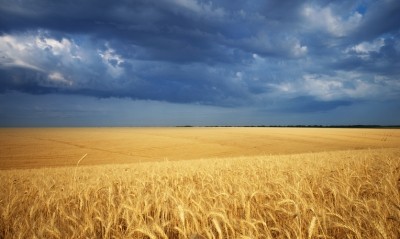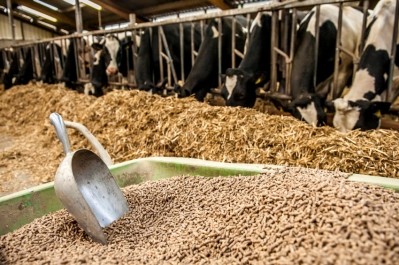Feed prices forecast to rise

Economists with the Food and Agricultural Policy Research Institute (FAPRI) at the University of Missouri released a predictive report looking at national and global agricultural trends. They forecast a slight increase in feed and commodity prices in 2019 but a continuing demand for animal protein.
The team releases the Baseline Briefing Book annually to provide policymakers, farmers, agribusinesses and members of the public an up close look at the US farm economy, the report authors said.
They predict, though, lower margins for the swine sector than in past years.
Patrick Westhoff, FAPRI director and professor in the department of agricultural and applied economics at the University of Missouri, told us: “Yes, there is a pinch on returns to pork producers."
However, pork and cattle farmers are still expected to see a continuing period of positive returns even as feed prices increase slightly, he added.
“The baseline itself does look at 500 different solutions – different starting points, different weather, different foreign demands – what options the market suggests.
“We’re always going to have weather variation. The range of outcomes will come from the weather side of things – $3 corn or $5 corn is probably weather.”
However, any shift in trade policy could bring both short-term and long-term disruption for producers, he said.
“A trade dispute could cause a long-term change."
Report highlights
Overall, the analysts found that a fifth year of above-trend production for grains and oilseeds damped feed crop prices last year.
The expectation is that there will be a slight price increase in 2018-19 and 2019-20.
Average corn prices are predicted to be about $3.57 per bushel in 2018-19, an increase from the $3.23 average in 2017/18, while average price for soybeans could be around $9.38 up from $9.23, they said.
Last year there was a strong demand for animal proteins and milk, which supported prices and increased production, they said.
However, additional expansion in production could start to see prices decrease, unless the coming years have exceptional demand.
“Though meat exports will continue to increase in 2018, even larger production increases will result in more meat for US consumers,” said report authors. “Per capita availability in 2018 will be nearly 20 pounds (10%) above 2014, returning to levels last experienced in 2004-2007.”
“Production growth will begin to slow in 2019, and domestic supplies should peak around 2020,” they added. “Any unexpected challenges to domestic or international meat demand could severely deflate livestock prices.”
There is expected to be a decline in hog prices in 2018 and 2019, they said. However, even with the potential increase in costs overall feed prices are expected to stay low.
“Feed costs remain a bright spot, as abundant grain and oilseed supplies limit input cost increases for meat and animal producers,” they said.
However, animal numbers are expected to continue to grow based on relatively stable feed prices, which could add risk if there were a price spike in feed, they added.
Overall feed prices are predicted to be similar in 2018 to 2017, however, they are expected to increase in 2019 and remain higher through at least 2021, said the authors.










